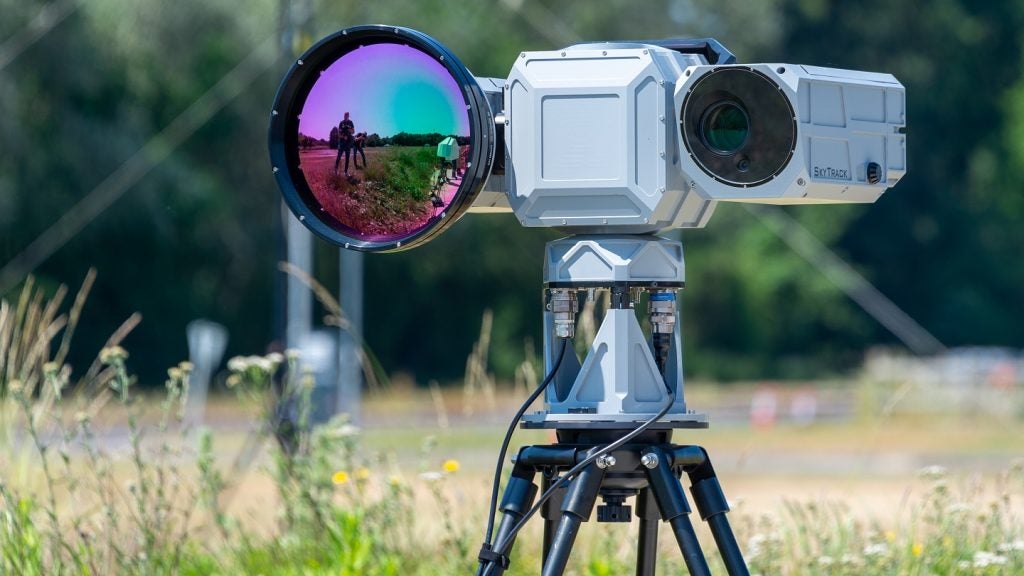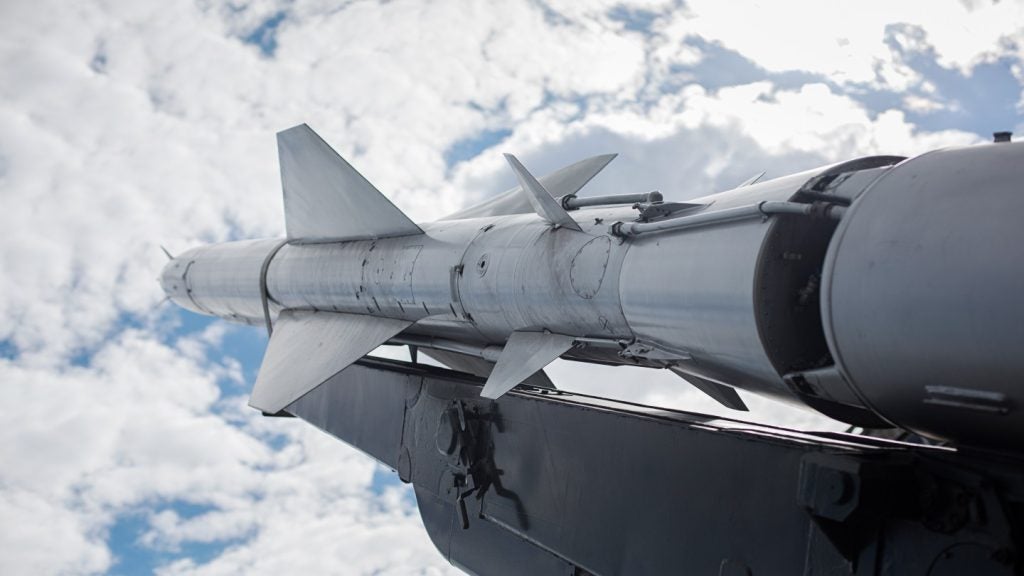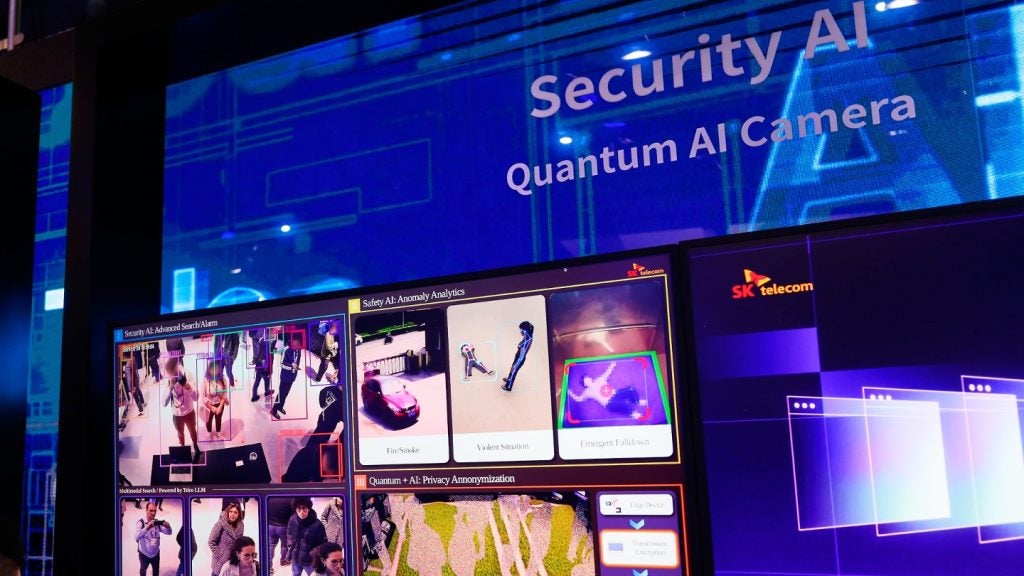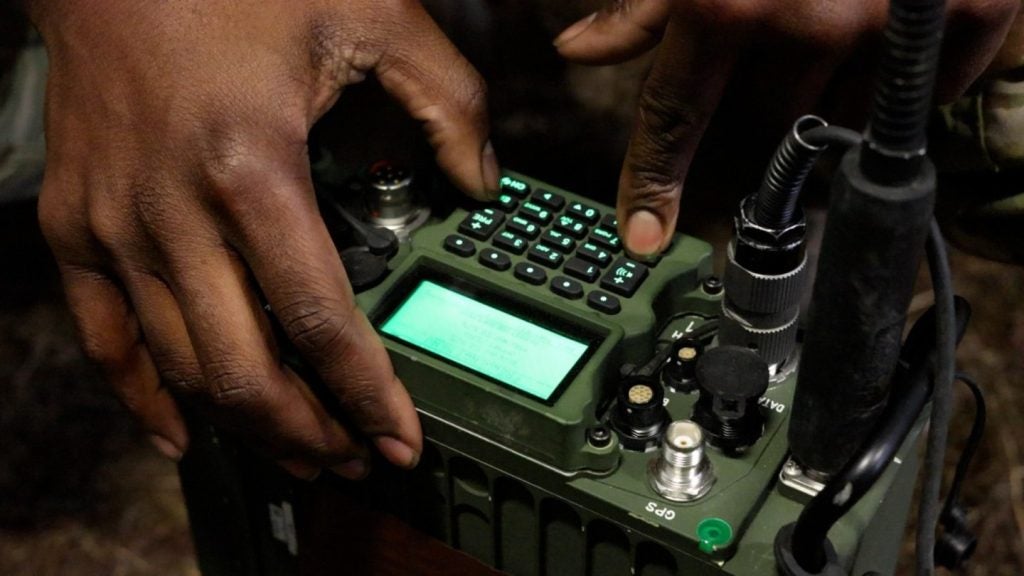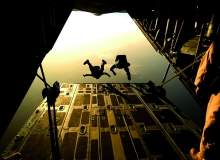
We find global positioning system (GPS) capability today in laptop and tablet computers, mobile phones, wristwatches, automobiles and even collars designed to keep track of wandering pets. Younger generations may not be able to imagine a time without GPS, but it remains a relatively new and evolving technology.
GPS as we know it was not conceived until 1973 and was originally known as the Defense Navigation Satellite System (DNSS). The 1990-1991 Gulf War was the first military action where GPS was widely used, and the system did not achieve full operational capability designation until 1995.
Over 2,000 years ago, in his classic The Art of War, Sun Tzu said “the victories of good warriors… are not flukes because they position themselves where they will surely win.” For all modern militaries, reliance on GPS technology is essential. The EU, Russia and China are each working to place their own global navigation satellite systems into orbit. GPS implementation is synonymous with ‘situational awareness’ and ‘blue force tracking’, ensuring that every unit and commander understands the layout of the battlefield and the friendly forces’ position.
One minor drawback
For all its sophistication and refinement, however, there remained one obstacle in the way of total GPS implementation – it simply did not work well inside vehicles, aircraft, or structures, when line of sight was obscured.
While this may pose an inconvenience for a businessman navigating the family sedan to the local dry-cleaner, or cause a minor delay in finding where Fido is hiding, to troops within an armoured vehicle about to engage, or to a SEAL team about to execute a high-altitude jump, loss of signal has far more serious ramifications.
On today’s battlefield, threats like IEDs, snipers, non-uniformed combatants, and readily available precision-guided weapons have made the protection of armour combined with precise situational awareness an essential factor of survival.
How well do you really know your competitors?
Access the most comprehensive Company Profiles on the market, powered by GlobalData. Save hours of research. Gain competitive edge.

Thank you!
Your download email will arrive shortly
Not ready to buy yet? Download a free sample
We are confident about the unique quality of our Company Profiles. However, we want you to make the most beneficial decision for your business, so we offer a free sample that you can download by submitting the below form
By GlobalDataTo realise full functionality, GPS receivers must operate in locations where GPS signals are not readily available, in ground vehicles like the Boxer, Pandur, Bradley IFV, M113, Stryker or MRAP, and in airborne platforms like the CH-47 Chinook, AW101 Merlin, NH-90, C-130 Hercules and CN-235.
The question became, ‘how could continuous GPS awareness be maintained in a closed environment?’.
Mired in wires
For several years, the solution was an active antenna on the exterior of a vehicle or aircraft, transmitting a signal through a network of coaxial cables, splitters, and amplifiers downstream to a hardwired GPS connection on a laptop computer, tactical radio, or soldier-worn ensemble.
It worked, and soldiers quickly recognised the enabling power GPS brought to their systems.
“So now you have an empowered soldier on the ground, able to really understand, right now, where he is, where the threats are near him, and historically what has happened there,” says Colonel Daniel Pinnell, commander of the US Army 2nd Battalion, 1st Armored Division. However, this added value was not without severe limitations.
Hardwired connections meant the soldier was tethered to his antenna. Should he leave the vehicle or aircraft, the signal was at best delayed, at worst, lost altogether. Beyond the need to be constantly and physically connected, this methodology required significant up-front engineering and equipment specific to the application and platform, which also drove up costs.
For example, a hardwired system designed for a Land Rover-sized vehicle could not be integrated into a FRES Scout vehicle without extensive modifications. This made the concept of a universal ‘kit’ unfeasible, and only the engineering team or platform manager could supply the necessary equipment.
These limitations proved to be a substantial barrier to practical applications, even as the number of GPS-enabled devices grew through the early 2000s. While the soldier increasingly depended upon sophisticated GPS technology, he was limited to using it under the protection of armour and prohibited from quickly reconfiguring his equipment to meet the changing demands of the battlefield.
Clearly, to utilise GPS to its full advantage, a better system was needed.
A better mousetrap:GPS retransmission
Wireless GPS retransmission burst onto the scene in 2004 in support of the US Army’s Land Warrior programme, and dramatically improved how a GPS receiver could obtain signals under armour and in virtually any environment without a clear view of the sky.
New technology allowed a smart GPS repeater to wirelessly retransmit the L1/L2 GPS frequency to any receiver located within the safe confines of the vehicle or aircraft. Soldiers wearing Land Warrior or using a laptop were now free to move within the vehicle or rotorcraft, and even exit a ground vehicle, maintaining a GPS signal without relying upon a physical connection.
Accurate positioning of a dismounted team can be shared around the battlefield while mounted. This provides an improved view of theatre to commanders, allowing them to identify each asset, even individual soldiers. It affords a squad the ability to plan their mission during transport to an objective, execute it efficiently, and communicate during exfiltration by air or ground.
GPS Source, headquartered in Pueblo West, Colorado, US, was one of the first companies to perfect wireless GPS retransmission technology; they call it GPS Live Inside.
“Squad leaders and vehicle commanders can now quickly reconfigure their vehicles to meet changing environments and mission requirements,” says Robert Horton, GPS Source’s CEO. “GPS retransmission ‘kits’ can be quickly installed by an infantry team without the support of a vehicle or aircraft platform manager to provide them with invaluable situational awareness of their location and surroundings.”
This development was not without its challenges, however. Horton explains: “Because wireless GPS retransmission operates on a radio frequency, it has the potential to interfere with other equipment. We developed patented technology with our smart GPS repeater, allowing precise control of the signal, enabling all parties to receive the necessary GPS data while maintaining complete control over any possible interference. It incorporates BIT/fault isolation, oscillation detection and auto/manual power control.
“We’ve managed to combine absolute safety with absolute effectiveness.”
Refining retransmission
GPS retransmission continues to evolve, bringing vastly greater sophistication, access and GPS implementation to individual soldiers as well as to complex multiple platforms. Third-generation equipment is now on the market, supporting wired and wireless systems and allowing easy retrofitting of existing ground and air equipment. Today’s repeater systems will rebroadcast GPS, GLONASS and Galileo GNSS frequencies. They provide GPS L1 and L2 signals for improved situational awareness, enabling applications for defence, public safety, maintenance, and transportation.
Output power control at the push of a button allows a single GPS retransmission system to span multiple platforms, small to large. The integrator or soldier can tune output RF power to meet his needs.
GPS retransmission is enabling more extensive GPS adaptation to handheld devices, laser rangefinders, tactical radios, soldier-worn computers, and guidance systems. Secure wireless networks will continue to replace heavy, expensive coaxial cables.
“The effectiveness of GPS retransmission is well proven in combat,” says Horton, “especially in a number of recent high-visibility special operations missions. We’re allowing the soldier to focus on his mission and his safety. We’re not asking him to be an engineer, as well.”
Sun Tzu would no doubt approve.
This article was first published in our sister publication Defence & Security Systems International.




